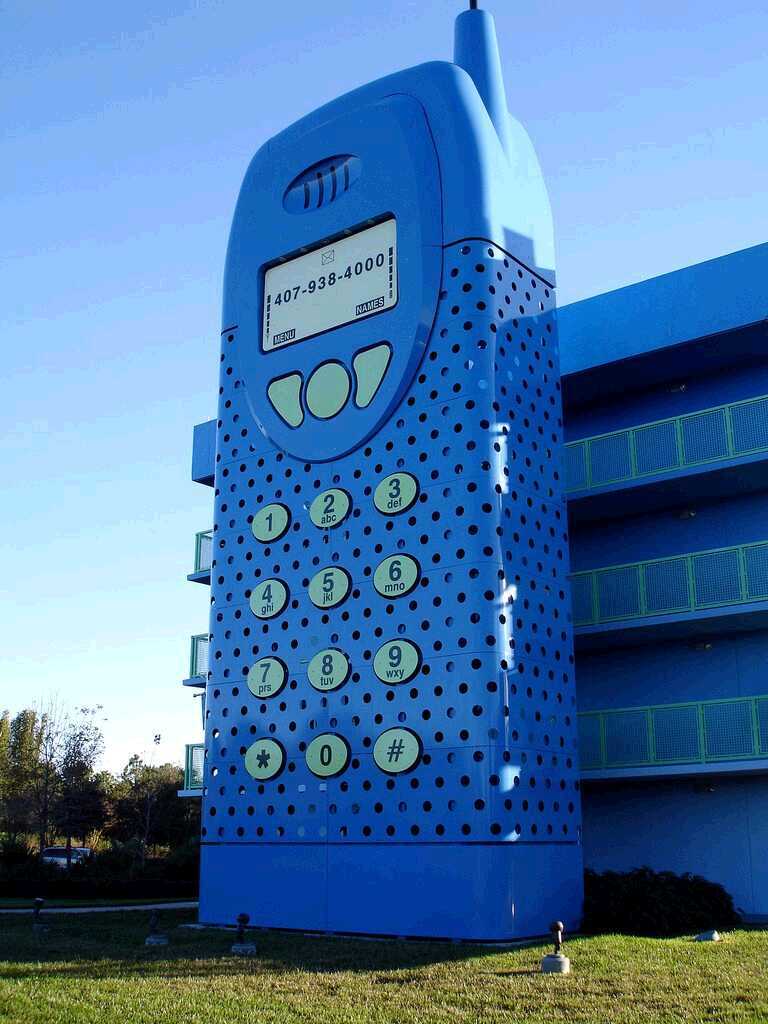
Our mobiles have become our body’s appendages. It is rare to find someone who does not use a mobile. Smartphones are now the order of the day. These phones are like mini computers that give access to the world in the form of a phone connection, an internet connection, text messaging, or through video chats.
Previous research found health interventions through mobile phones quite effective in reducing the risk of health conditions especially in developed countries.
“In fact, mobiles were found to be more effective than the computer or the newspaper in disseminating vital health information.”
However, the success of such interventions was probably due to the uniform language spoken in the high income countries where they were implemented.
On the other hand, diabetes is a severe health burden in low and middle income countries. One such country is India, where an estimated 62 million people are diagnosed with diabetes. Of these, nearly 1 million people die each year.
The use of mobile phones to communicate prevention-based health messages has not been utilized in India. The best place to assess the effect of such a plan was in India where approximately 900 million people use a mobile phone.
A collaborative effort by researchers at Northwestern University, Emory University, and Arogya (a non-profit global organization) analyzed the effect of mDiabetes (a preventive health text-messaging program for diabetes) through the use of mobile phones in India.
Arogya implemented the mDiabetes program. The messages were developed and modified for the Indian context at Emory University. The data were analyzed at Northwestern University.
And yet, there were challenges to this effort. India has a diverse population that speaks a host of languages and dialects. The text message service needed to keep the language issue in mind in order to effectively disseminate the message for the risks involved in developing type 2 diabetes.
India is a country where nearly 70% of the population lives in rural areas, and there is no uniform access to health care and there is a lack of quality clinical facilities. In these circumstances, text messaging important health information through a mobile may help provide information and improve the preventive measures within the population.
Nearly one million adults who were Nokia subscribers were randomly selected to receive text messages from the mDiabetes program. A second group of participants were the non-Nokia mobile users. This second group was used as the control to compare the results obtained from the first group.
Fifty-six text messages (in 12 languages) from the mDiabetes program were sent twice a week over a period of 6 months to the Nokia group. The control group did not receive any text messages for the 6 months of the study. The participants were analyzed for their food habits, such as intake of fruits, vegetables, fatty foods, and exercise at the beginning of the survey and following 6 months of receiving the text messages.
“The study noted that preventive text messaging significantly improved the dietary and physical intervention behavior of the Nokia group that received the messages. The exercise habit increased. Similarly, the fruit, vegetable, and fatty food intake improved.”
This study was conducted between the years 2012 and 2013. The results have been published in the Journal of Medical and Internet Research.
The positive results indicate that mobiles are effective in disseminating health information to individuals in areas that are poorly connected with improved health facilities or basic amenities. In addition to improved health information coverage, the effects are significant in the individuals adopting good health habits and reducing the risk of diabetes.
